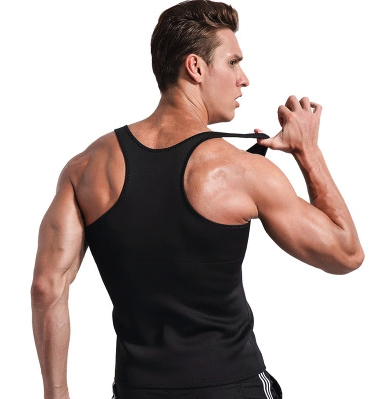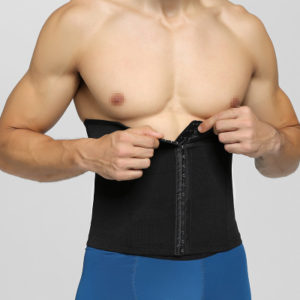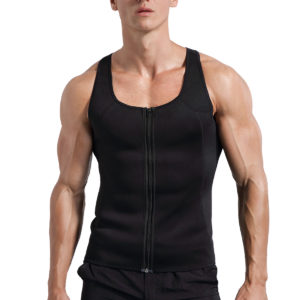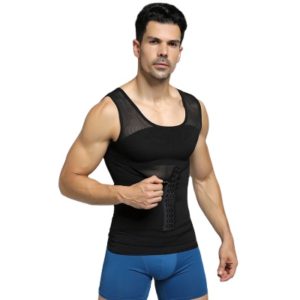To the average person, compression clothing might seem like nothing more than a big gimmick made to exploit athletes, naive fitness freaks, and those looking to lose weight quickly. However, on further analysis, it is clear to see that the hype surrounding this form of high performance related clothing might actually be justified. Initially used by long-distance runners during and after races, today compression clothing is popular amongst athletes across various sports; providing comfort and sweat reduction while also aiding the performance and recovery process overall.
At its core, compression clothing aims to limit the flow of blood to the area in which it is worn i.e. socks (legs), shorts (thighs), Tops (Chest and arms), and so on. When on, pressure is applied to the target area of the body causing blood to pass through a narrow route, raising blood pressure. This reduces the risk of blood pooling; a gathering of blood within the veins that takes place after the work out period when the muscles fail to contract against the blood vessels.
Although simple and minimalist in design, compression clothing comes with a number of benefits and downsides which may not be instantly discernible before or after trial use.

Warmth and Comfort
Ever been out for an early morning run only to realize you haven’t got on the right gear to withstand the windy and foggy conditions? With compression clothing, the likelihood of this happening is reduced greatly due to its ability to be a good thermal regulator and foundation layer during cold weather. As well as this, it provides great levels of comfort and flexibility of motion to the user (providing the chosen size and fit are appropriate for the specific body type or shape). It’s malleable material (usually comprising of latex, spandex or nylon filament), takes on the shape of the body part on which it’s worn, ensuring ease of movement. It’s no surprise that elbow sleeve and leg tight compression clothing are so popular amongst basketball, American football, and rugby athletes.
Quicker Recovery
Across the board, compression clothing has been proven to accelerate the body’s recovery period considerably following exercise (in comparison to without). Given that the body produces a lot of lactic acid following the tearing of muscle during most exercises i.e. weight lifting, running, or ball-based sports, compression clothing helps clean out bad fluids from the body quickly; reducing pain in sore areas and aiding the healing process greatly.
Moisture Control
Except you’re from another planet, sweating is likely a natural reaction that takes place in your body during exercise. Whether worn at the gym or outdoors, compression clothing helps absorb, control, and disperse sweat using its synthetic material. Its ability to stop moisture buildup, especially around specific areas, helps maintain overall comfort and usability long term.
Watch It Shrink
One of the few issues with compression clothing arises not when it is on the body, but rather off it. With maintenance and upkeep costs or effort a likely deal-breaker for many, having clothing that is easy to wash and dry without issues is crucial when it comes to sportswear. Unfortunately, as is the case with most compression clothing, it has to be washed by hand to avoid shrinking. With so many going against this advice, the fibers in compression clothing end up quickly damaging over time leaving the not so desirable option of having to buy new ones (and they don’t come cheap).
Hard To Swallow
Another possible downside could occur during consistent, daily use of designs such as the compression top. Although well-fitting and comfortable, when worn whilst eating it can cause problems during digestion. This comes as a result of the pressure being applied by the fabric around the abdominal area or stomach. Failing to take proper care in such situations can lead to bloating, the release of gasses, and a real battle when on the toilet seat.
Takeaways
Overall, compression clothing is not only effective when active, but also fashionable as well. However, as with anything, great care must be taken when choosing, wearing, and maintaining the different variations of compression clothing to maximise its use and avoid issues long term.




